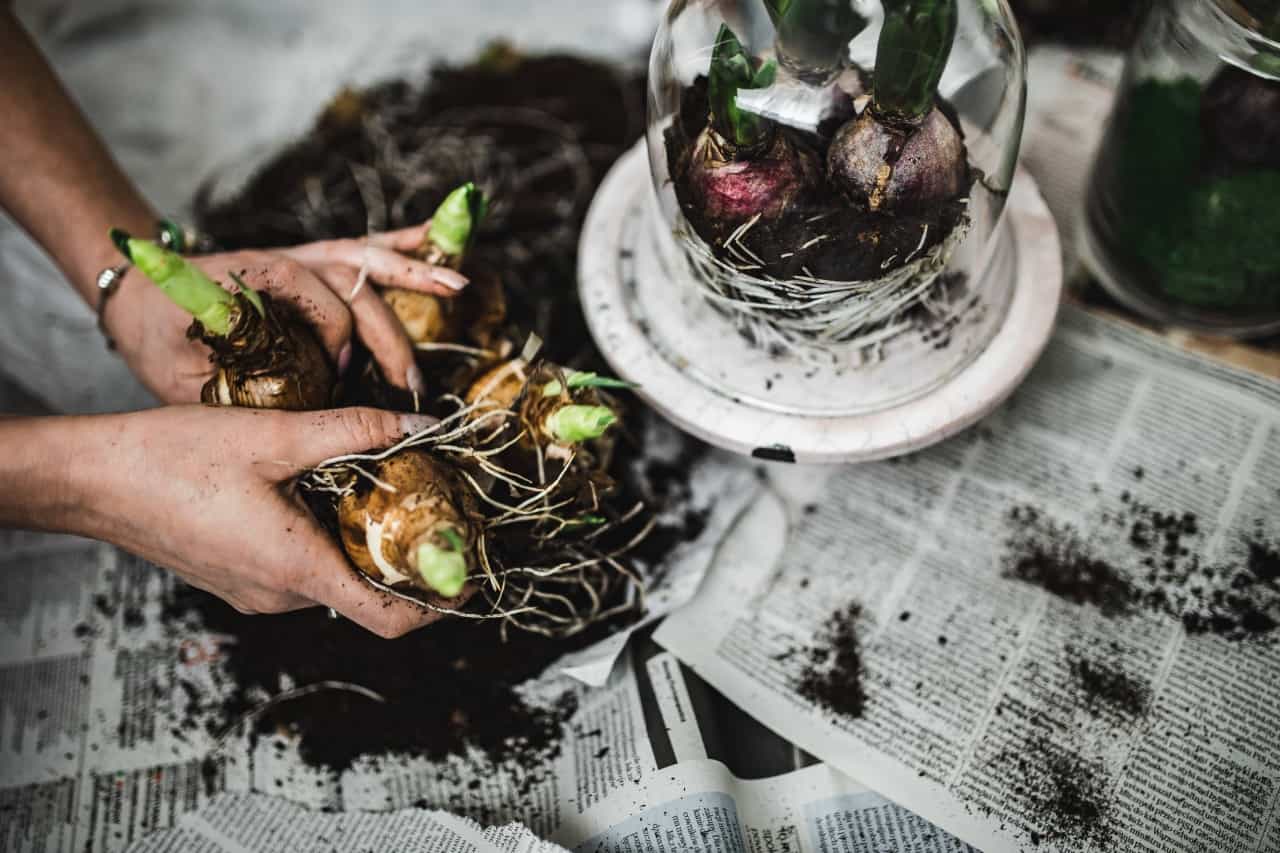Collagen, the most abundant protein in the human body, has become a wellness trend in modern supplements, skincare, and fitness routines. However, long before collagen gained popularity in the health industry, it was used in traditional medicine across various cultures for its healing properties. From ancient China to traditional European remedies, collagen-rich foods and preparations have played a vital role in maintaining health for centuries.
This article explores the fascinating history of collagen and how its traditional uses still influence today’s health practices.
Ancient Chinese Medicine and Collagen
In traditional Chinese medicine (TCM), collagen-rich foods have been used for thousands of years to promote longevity, improve skin elasticity, and maintain strong joints and bones. Bone broth, made by simmering animal bones and connective tissue for hours, was considered a tonic for overall wellness. This slow-cooked broth is rich in collagen peptides, gelatin, and minerals, which support the body’s natural repair processes.
TCM practitioners also recommended certain herbs and animal parts, such as fish skin and deer antlers, which were believed to stimulate the body’s collagen production. Today, modern science supports these ancient claims, as collagen is known to enhance skin elasticity and joint health.
Collagen in Ayurvedic Medicine
Ayurveda, the ancient system of medicine from India, has long recognized the importance of nourishing the body with protein-rich foods. While the term “collagen” wasn’t explicitly used, the benefits attributed to foods that are now known to be collagen-rich were well-documented.
In Ayurvedic diets, bone broths, ghee (clarified butter), and specific herbs like Ashwagandha were prescribed to support joint health, promote skin glow, and strengthen the bones.
Traditional European Remedies and Collagen
In Europe, especially during the Middle Ages, collagen-rich foods were an integral part of traditional remedies. Hearty soups and stews made from animal bones, cartilage, and connective tissues were common in folk medicine. These preparations were believed to strengthen the body, ward off illness, and improve skin health during harsh winters.
Fish skin, another source of natural collagen, was used in coastal regions to treat wounds and improve skin texture.
Collagen in Indigenous Cultures
Indigenous cultures around the world have also utilized collagen-rich foods for generations. Native American tribes, for example, consumed boiled animal hides and bone marrow as a source of nutrients for strength and vitality. Similarly, traditional African medicine often involved using animal parts rich in gelatin to treat digestive issues and promote overall wellness.
The Modern Revival of Ancient Wisdom
With today’s growing interest in holistic health and natural remedies, ancient practices involving collagen are being revived in modern wellness routines. From hydrolyzed collagen supplements to bone broth powders, people are rediscovering the benefits that traditional medicine has long known.
Scientific research continues to validate these ancient practices, proving that collagen plays a critical role in supporting joint function, maintaining skin elasticity, and promoting gut health. By looking back at the historical uses of collagen, we gain a deeper appreciation for how it has stood the test of time as a key nutrient for overall wellness.
Final Thoughts
Collagen’s rich history in traditional medicine demonstrates its lasting value across cultures and eras. Whether it’s ancient Chinese bone broth, Ayurvedic remedies, or European stews, collagen has always been recognized for its ability to strengthen the body from the inside out. Today, Vitauthority’s modern collagen supplements provide an easy and effective way to tap into these age-old benefits for good health and vitality.









